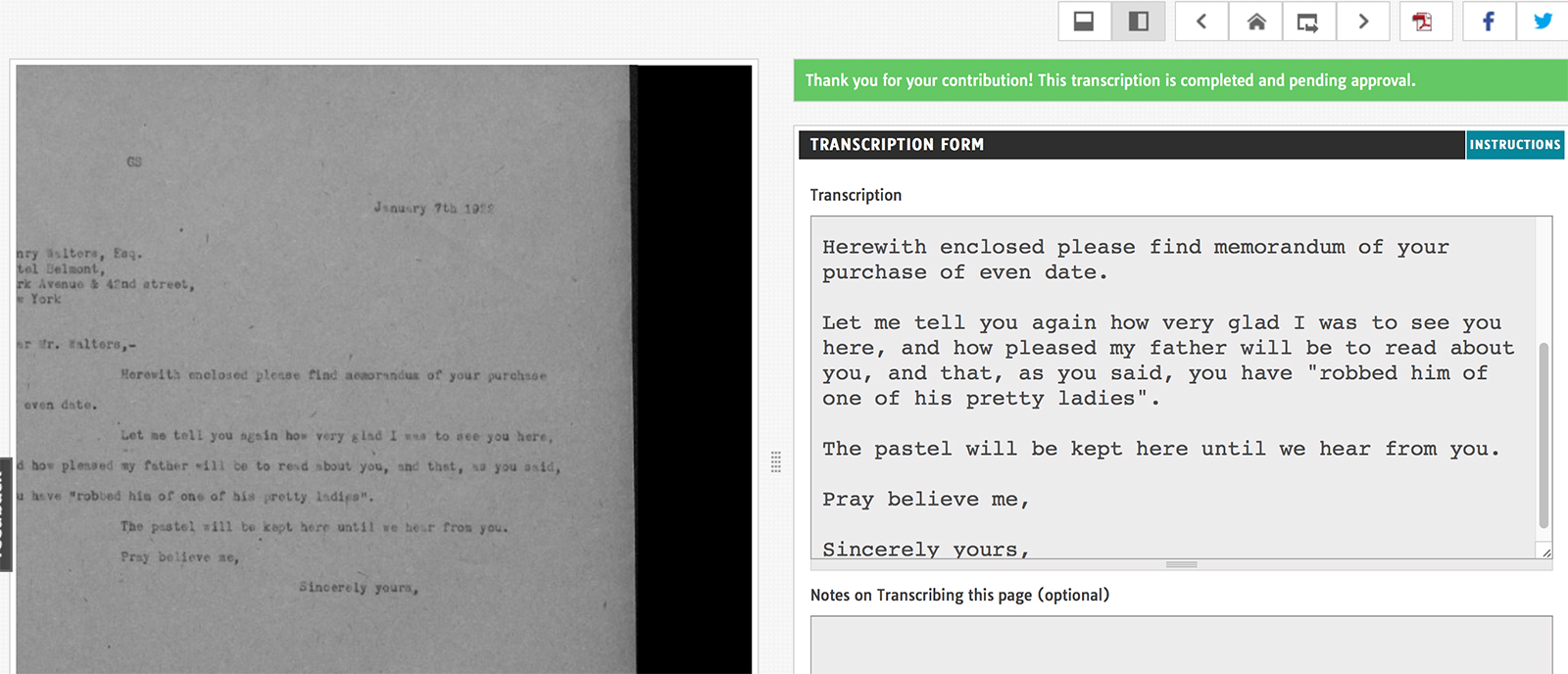The current political climate has everyone re-thinking what they know or believe about what they read. To me, it seems we are reviewing a part of my education that I thought was nailed down and unchangeable. As a journalism grad from the 198SNEEZEmumble, I could read the difference between organizations that reported in an ethical, researched manner, and those that flirted with with libel to sell publications. However, real news and fake news can be made to look the same, so we’ve arrived at this new place, where our news “authorities” are dwindling and individuals have to set their own standards about what to believe.
It seems like a new problem, but maybe it’s not?
My Saturday-morning free-associating web crawling found me at The Smithsonian site for volunteer transcribers. The museum has Phyllis Diller’s joke file of 52,569 notecards with individual gags…all have been photographed, and now they need volunteers to both transcribe and proofread the transcribed cards. It turns out they have all kinds of projects that need to be transcribed, so the happy librarian in me got busy on a collection of letters from an art dealer in the early 1920s.
After the first few letters, I could see that each document had several things in common. Mostly they were cover letters sent with invoices for art sales where the buyer wasn’t present at an auction. I couldn’t help but compare them in my mind to the cover emails I send to my design clients when sending an invoice.
The 1920’s versions use some seriously flowery language…
“Herewith enclosed please find memorandum of your purchase of even date.”
“We beg to hand you enclosed herewith invoice for your purchase…”
I also noticed the art dealer had taken the “Complimentary Close” to a new level, doubling down in every letter. His two-part letter closure was consistent…a “believe me” statement, followed by a more traditional “sincerely” statement:
“Believe me,
Yours very sincerely,”
or:
“Pray believe me, My dear Mr. NAMEGOESHERE,
Very truly yours,”
It makes me wonder when this practice stopped, the part where you ask your reader to believe you. Will we begin doing it again, now that there is so much questioning about what is true?
Perhaps, as we became more educated and cynical as a society, it became redundant to promote your ideas by asking people to believe them? Technology allowed us to show and demonstrate our ideas instead of reciting and asking for belief?
Yesterday’s cover letter has become today’s invoice welcome screen. Instead of the double complimentary close, almost all of my client emails include a standard emoji smile. It’s because I want my clients to know that I enjoy working with them. Believe me. 🙂



